Supply Chain KPIs
Keeping up with your stock and knowing exactly where everything is going can be a logistical nightmare without the proper dashboard and relevant KPIs. Use these supply chain KPIs and metrics to keep your operations running smoothly.
Use the data to effectively manage your supply chain.
Managing all the moving parts in your supply chain can be a logistical nightmare unless you have access to the right KPIs and metrics. You need to track the current status of shipments, monitor inventory levels and ensure that all orders you ship are completely accurate. Use these supply chain KPIs and metrics to ensure that your operations are always running smoothly.
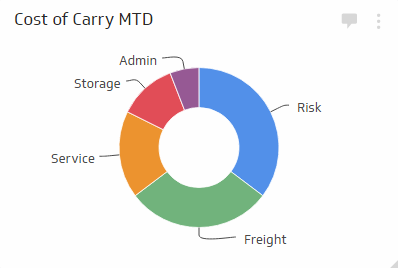
Carrying Cost of Inventory – Measure how much it costs to carry inventory. The Carrying Cost of Inventory metric measures how much it costs your organization to store inventory over a given period of time. Use the following formula when calculating carrying cost of inventory. Inventory carrying rate * Average inventory value. Every piece of inventory that you purchase and store in your inventory has some sort of cost associated with it, such as labour, risk/insurance, storage, and freight. This metric is used to figure out how much profit can be made on your current inventory, and it may also be used to help your suppliers map out their production cycles.
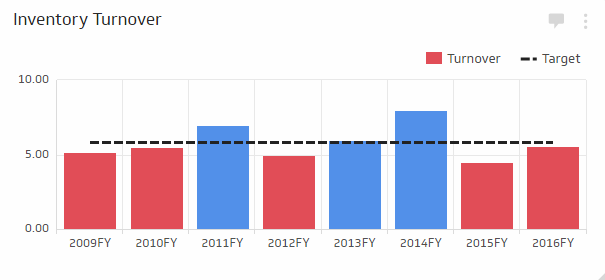
Inventory Turnover – Measure how many times a year your organization is able to sell your entire inventory. To calculate inventory turnover, use the following formula: Cost of Goods Sold ÷ Average inventory Inventory turnover is an important indicator of the efficiency of your supply chain, the quality and demand of the inventory you carry, and if you have good buying practices. Generally speaking, a higher turnover rate is better, while a lower turnover rate suggests inefficiency and difficulty turning stock into revenue.
Order Tracking – Monitor the current status and accuracy of orders that are being shipped to your customers.
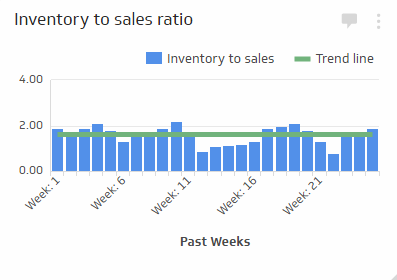
Inventory to Sales Ratio – Measure the amount of inventory you are carrying compared to the number sales order being fulfilled. Calculate inventory to sales using the following formula: (Inventory value $) ÷ (Sales value $)
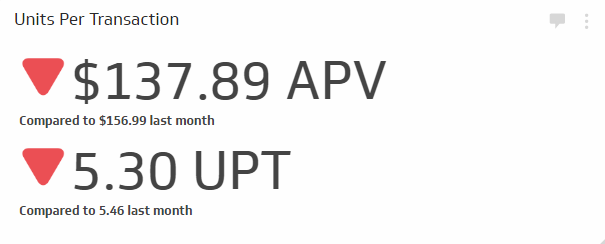
Units Per Transaction – Measure the number of units purchased in each transaction. The Units per Transaction KPI measures the average number of units purchased over a period of time and compares that value to target values. Calculate units per transaction using the following formula: # of units sold ÷ # of transactions. This KPI provides important data about customer purchase trends, and the effectiveness of your sales teams at moving product quickly.
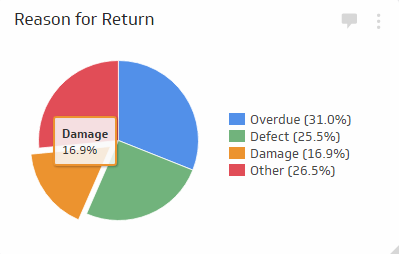
Rate of Return – Measure the rate at which shipped items are returned to you.
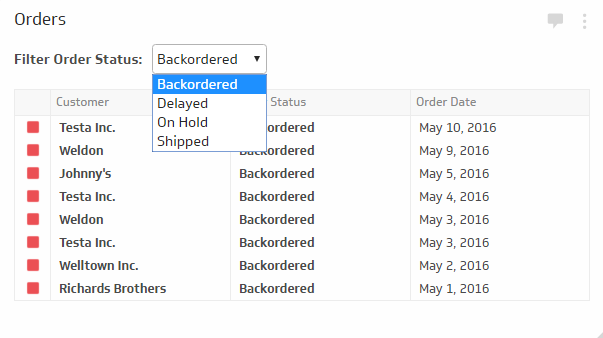
Order Status metrics track the real-time status of all orders and categorizes them based on the action taken, such as “Backordered,” “On Hold,” or “Shipped.”

Inventory Accuracy – Measures the accuracy of your inventory by taking a headcount of items in stock and comparing it to what’s recorded in your database.
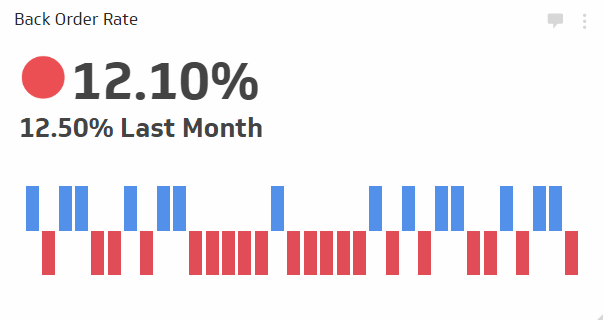
The Back Order Rate KPI measures how many orders cannot be filled at the time a customer places them.

Perfect Order Rate – The Perfect Order Rate KPI measures how many orders you ship without incident, where incidents are damaged goods, inaccurate orders or late shipments.





